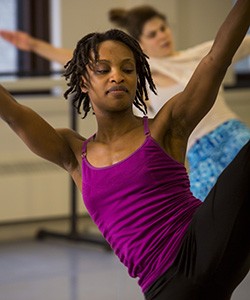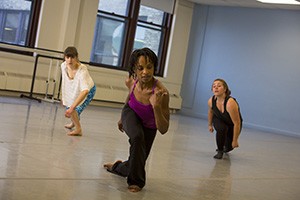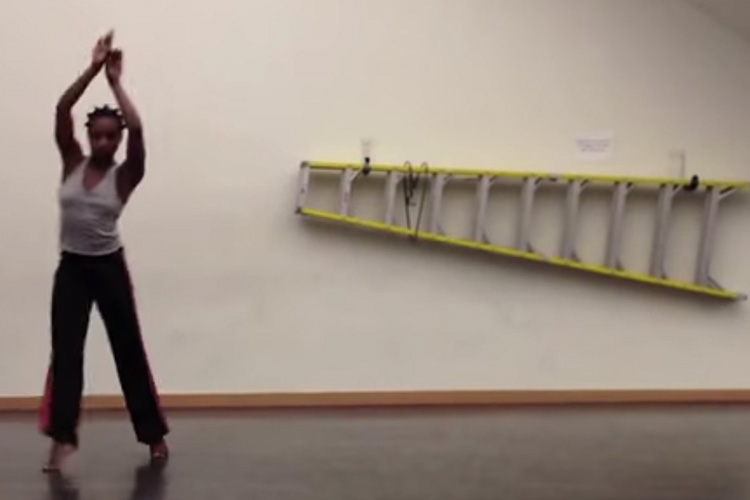Dancing is a lifelong passion for Davalois Fearon, a New York-based dancer, teacher and choreographer who has performed around the world.
She is now also a student in UWM’s Master of Fine Arts in performing arts: dance – a degree designed for professionals such as Fearon, who promises: “I plan on dancing until I die.”
“A friend recommended the program to me, and the biggest draw was the (limited time spent on campus),” said Carlos Fittante, the artistic director of New York’s BALAM Dance Theatre, a contemporary world dance company inspired by Balinese theater. While dancers’ bodies may suffer from wear and tear most, like Fearon, said they plan to perform into their older years. At UWM, they can enhance and prolong their careers by learning to teach, create and stage dances, explore movement theories such as yoga, Pilates, the Alexander Technique, and Feldenkrais, and study dance-related academics.

“UWM’s program was the first program of its kind in the country working with professional dancers, and is still one of only three today,” said Simone Ferro, chair of UWM’s Dance Department. “This allows professionals to reach a different level and broaden their options.”
UWM’s MFA program brings professional dancers from all over the country to campus for two summer residencies, which are combined with three semesters of online work. Dancers develop a research interest and a final thesis project. Each student can work on a project that fits with their needs and those of their dance community.
“The MFA in Performing Arts/Dance was created in the early 1980s,” said Marcia Parsons, professor of dance. “At the time of its founding most of the participants were teachers the department had certified earlier to teach dance in Wisconsin schools.”
The program changed its focus in the mid-1990s, led by Janet Lilly, a faculty member who had danced professionally with Bill T. Jones/Arnie Zane Dance Company.
“Many dancers wanted to continue their professional life as adjunct faculty at colleges or working with K-12 students, but with a traditional MFA program, they couldn’t keep performing. We created this program to take advantage of their summer hiatus. As a result, we’re reaching a different level of professionals,” Ferro said.
The program incorporates classwork that helps students learn to teach, create and stage dances, explore dance-related movement theories such as yoga, Pilates, the Alexander Technique, and Feldenkrais, and learn more about the academics underlying dance.
Fittante already incorporates some teaching as an adjunct faculty member at Queens-City University of New York. “I’m still performing, but I want to find a way to do more teaching. I need to learn the methodology – understand the latest about the science of teaching.”

Broadening her skills, learning to write grants, making business plans and stabilizing her income are essential for her future as a dancer and choreographer, Fearon said.
Fearon grew up in Jamaica and the Bronx. Reggae, gymnastics and creating dance pieces were a part of her childhood, and an Alvin Ailey outreach program in junior high set her on a career path.
The diversity of UWM’s 60-credit program, which focuses on contemporary dance and incorporates dance from many cultures, also appeals to many of the students.
“My professional dance training was rooted in modern and ballet. It was not inclusiveness or diverse. I lost touch with the childhood artist I used to be,” Fearon said.
Parsons added of the dancers: “Whether they are working in Pennsylvania, New York or California, they are developing themselves further within their own dance community and meeting local needs.”







